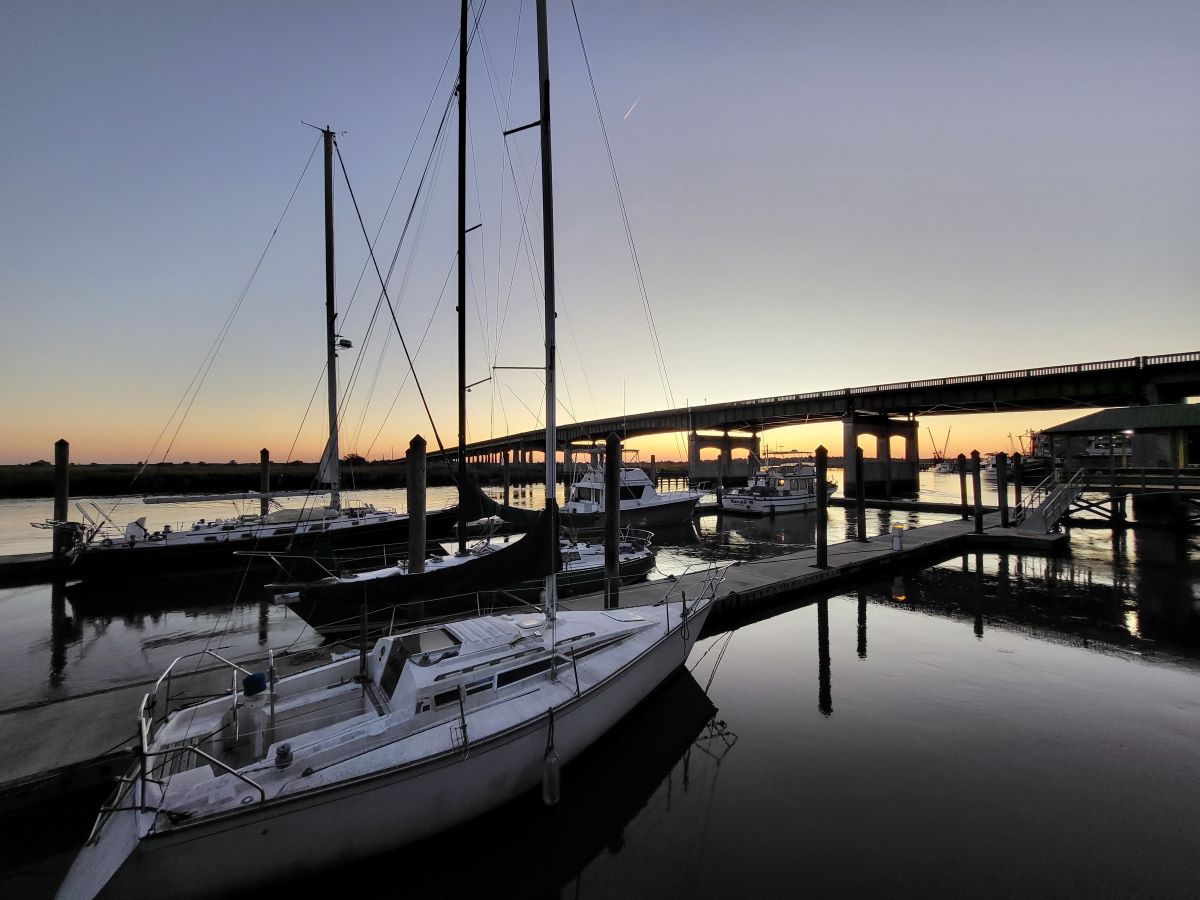Introduction
Harbors have played an important role in human history since the earliest days of civilization. They have provided a place for ships to dock, load and unload cargo, and trade with other cultures. In the Middle Ages and Renaissance, harbors became even more important as trade and commerce expanded.
This article will explore the history of medieval and Renaissance harbors, focusing on their design, construction, and function. We will also look at some of the most important harbors from this period, including Venice, Genoa, and London.
Design and Construction
Medieval and Renaissance harbors were typically built on natural harbors, which are sheltered areas of water that are protected from the open sea. These harbors were often improved by building breakwaters and docks to protect ships from the weather and waves.
The design of medieval and Renaissance harbors varied depending on the location and the needs of the community. Some harbors were small and simple, while others were large and complex. For example, the harbor at Venice was a complex network of canals and canals that allowed ships to reach the city even in high tide.
The construction of medieval and Renaissance harbors was a major undertaking. It required a large workforce and a significant investment of resources. The materials used to build harbors varied depending on the location. In some cases, stone was used to build breakwaters and docks. In other cases, wood was used.
Function
Medieval and Renaissance harbors served a variety of functions. They were used for trade, commerce, and transportation. They were also used for military purposes. For example, the harbor at Genoa was used by the Genoese navy to launch attacks on its enemies.
Harbors were also important centers of social and economic activity. They were places where people from different cultures met and exchanged goods and ideas. They were also places where goods were stored and processed.
Some of the Most Important Medieval and Renaissance Harbors
- Venice: Venice was a major maritime power in the Middle Ages and Renaissance. Its harbor was one of the most important in the world. It was a center of trade and commerce, and it was also used by the Venetian navy.
- Genoa: Genoa was another major maritime power in the Middle Ages and Renaissance. Its harbor was also one of the most important in the world. It was a center of trade and commerce, and it was also used by the Genoese navy.
- London: London was not a major maritime power in the Middle Ages, but its harbor was still important. It was a center of trade and commerce, and it was also used by the English navy.
- Bruges: Bruges was a major trading center in the Low Countries during the Middle Ages. Its harbor was an important part of the city’s economy.
- Marseille: Marseille was a major port city in southern France during the Middle Ages and Renaissance. Its harbor was an important part of the city’s economy.
Conclusion
Medieval and Renaissance harbors played an important role in the development of these periods. They were vital for trade, commerce, and transportation. They were also important centers of social and economic activity.
The design, construction, and function of medieval and Renaissance harbors varied depending on the location and the needs of the community. However, they all played an important role in the development of these periods.
Further Reading
- The History of Harbors by John H. Pryor
- Medieval Harbors by David Abulafia
- Renaissance Harbors by David Starkey
